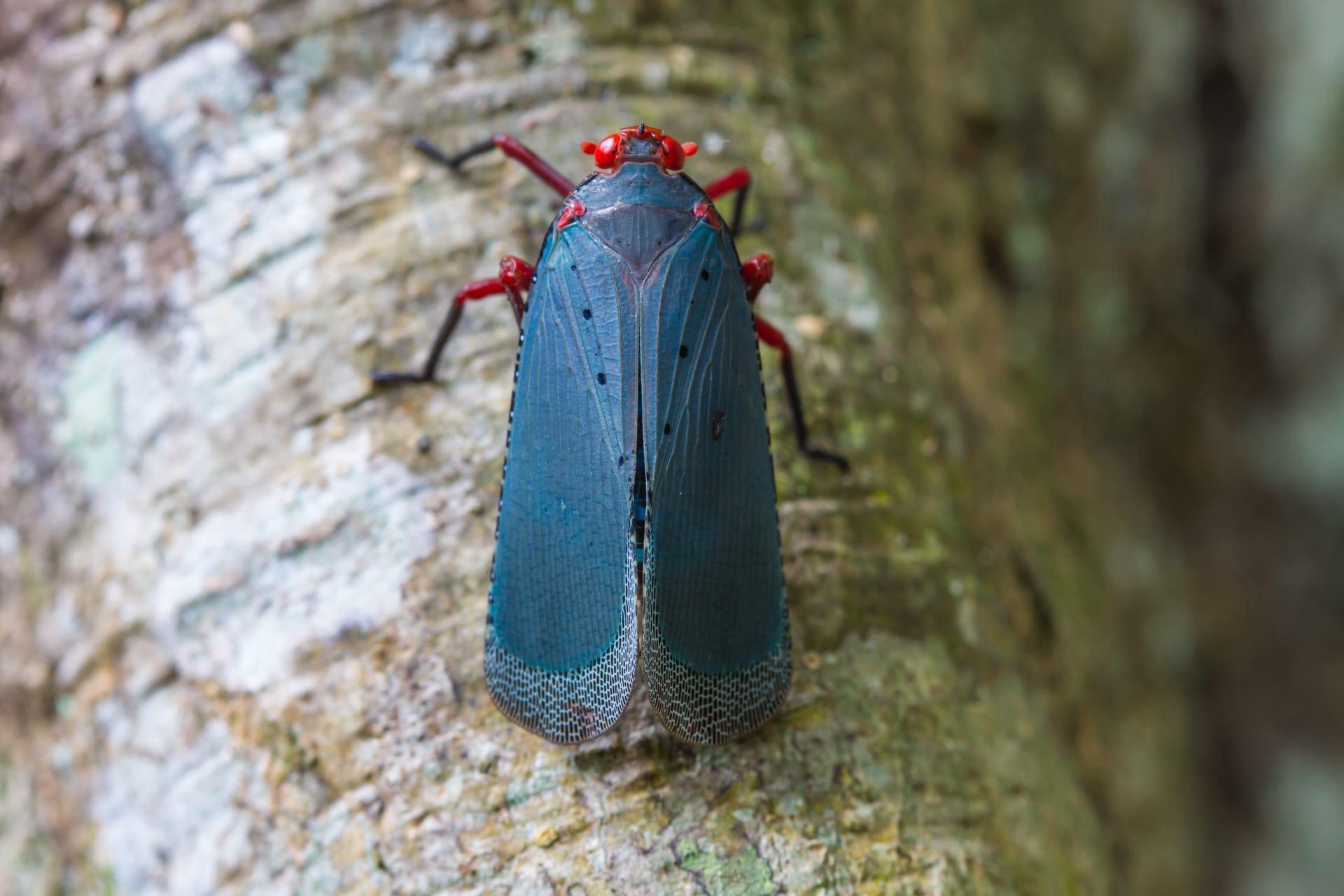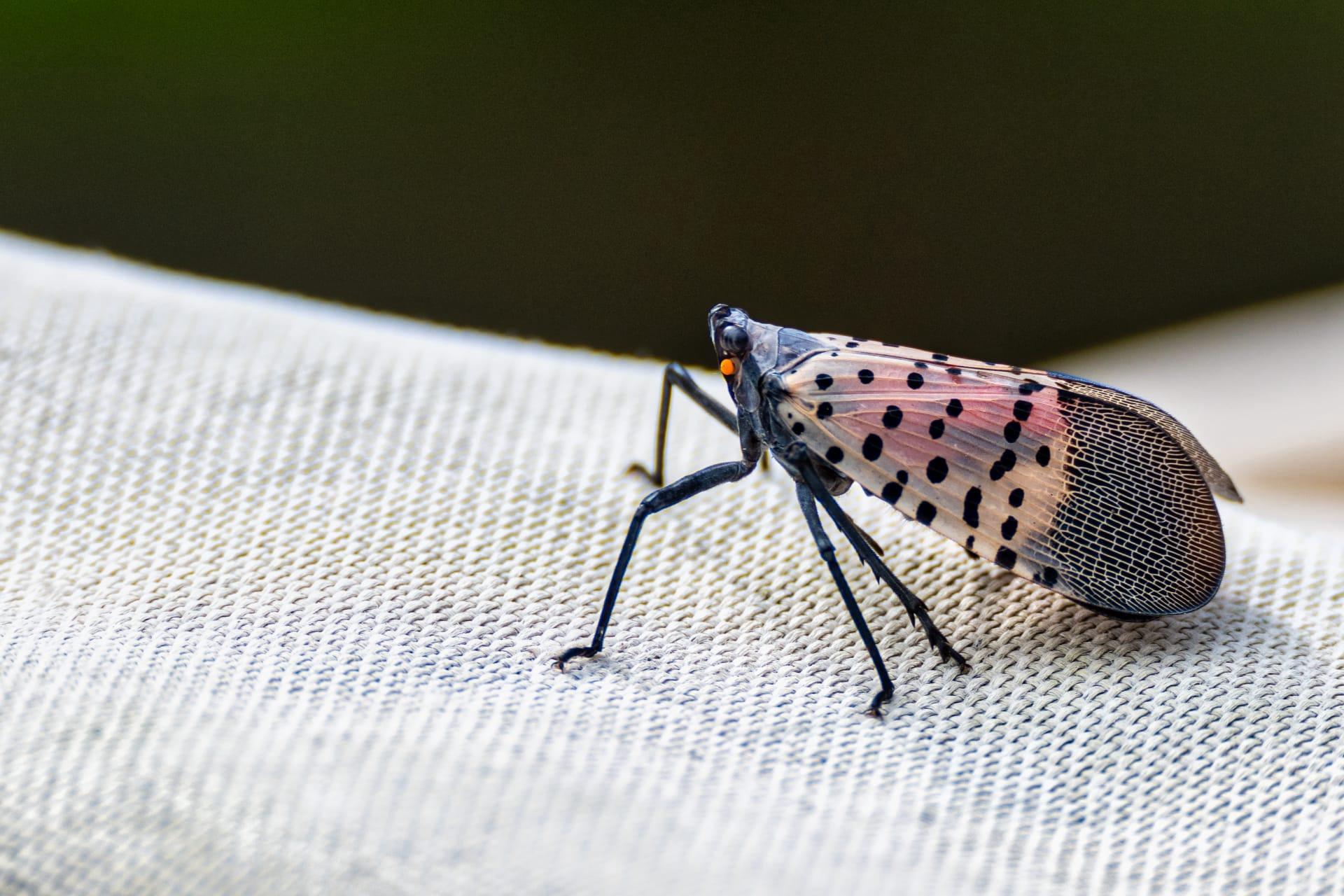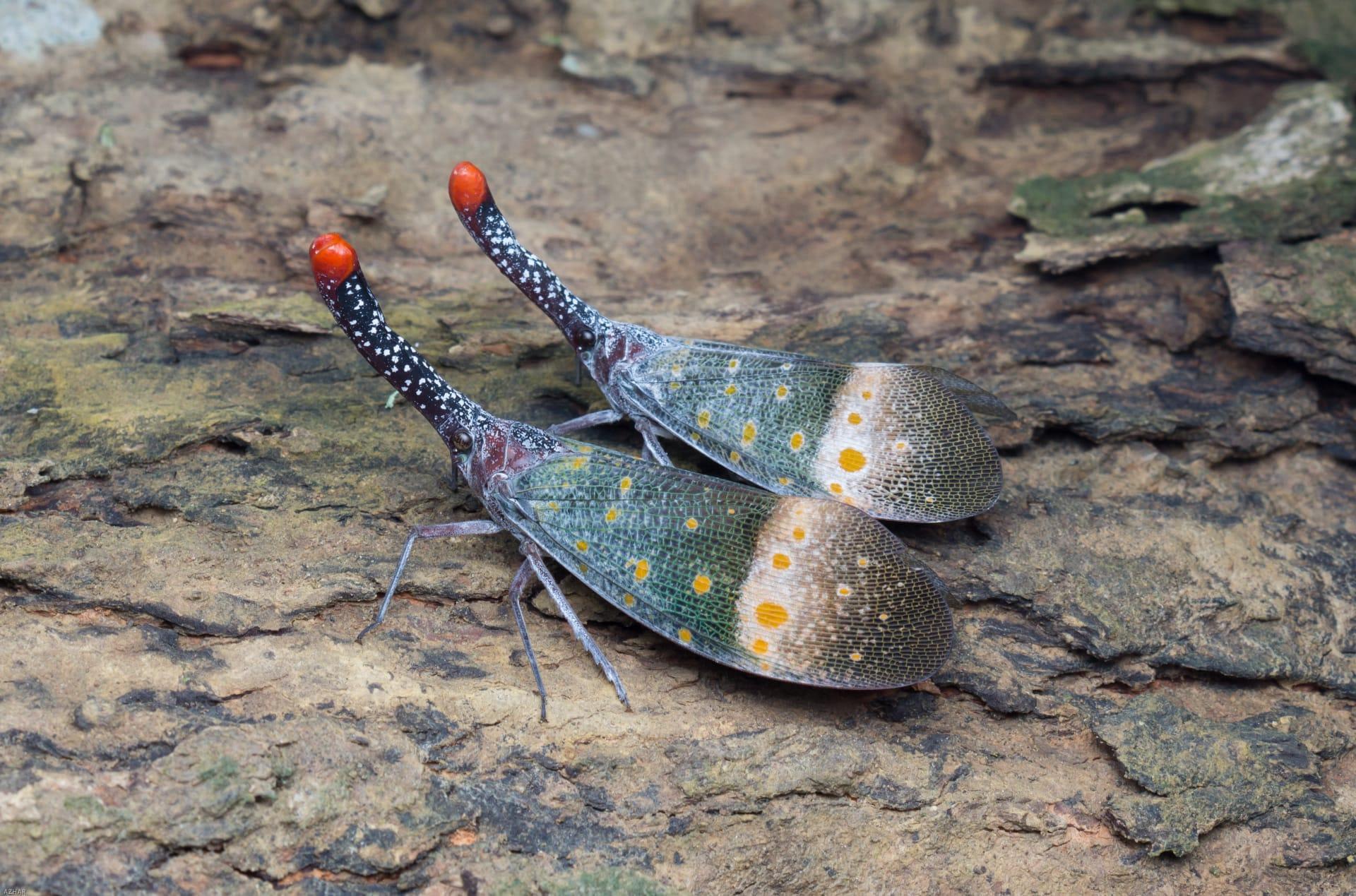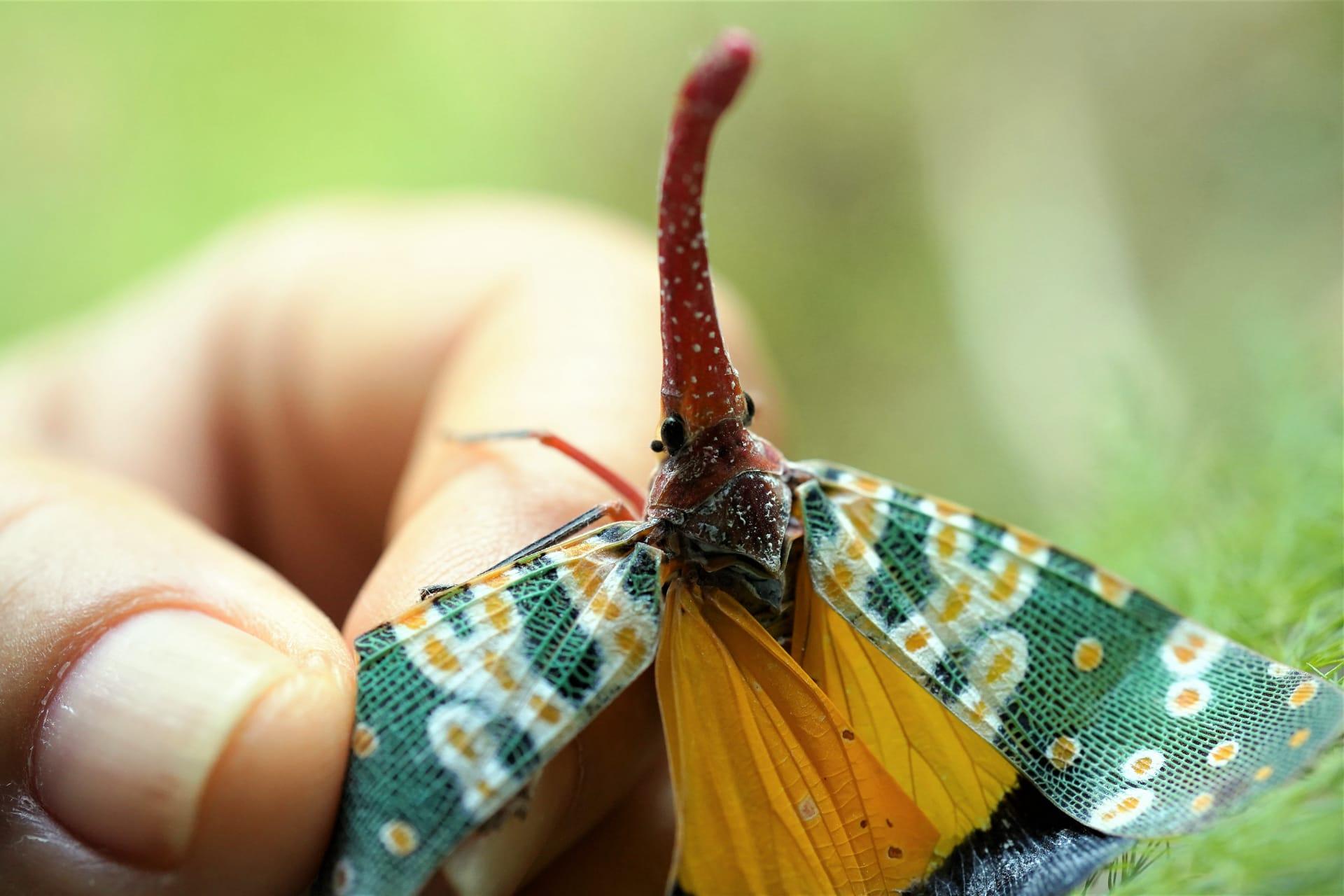Lanternflies Trivia
- Home /
- Trivia Question /
- Animal /
- Lanternflies Trivia
1
Question: What are the distinctive physical features of Lanternflies?
Answer: Lanternflies, scientifically known as Lycorma delicatula, are recognized for their striking appearance. Adults typically measure around 1 inch in length and have a wingspan of about 2 inches. Their forewings are gray with black spots, and the hind wings display a vibrant red with black spots. When resting, their wings lay flat over their body, showing off a yellowish abdomen with black bands. Their nymphs are black with white spots and turn red before maturing.
Question: What is the diet of Lanternflies, and how does it impact their environment?
Answer: Lanternflies are sap-feeding insects, primarily targeting the tree of heaven (Ailanthus altissima), although they can feed on over 70 different plant species. They use their piercing mouthparts to suck sap from stems and leaves. This feeding habit not only weakens the plants but also leads to the secretion of a sugary substance called honeydew. The honeydew promotes sooty mold growth, which can damage crops and affect plant photosynthesis, posing a threat to agricultural systems and forest health.

2
Question: Is it true that Lanternflies are capable of lighting up like a lantern?
Answer: Contrary to popular belief, Lanternflies do not emit light. The name 'Lanternfly' is a misnomer. It likely originated from the insect's extended head, which resembles the shape of an old-fashioned lantern. However, they do not possess any bioluminescent capabilities.
Question: Can Lanternflies fly long distances?
Answer: Despite having wings, Lanternflies are not strong fliers. They are more skilled at jumping. Their flight is generally erratic and they tend to travel short distances, relying more on wind currents for longer travel. Their primary method of dispersal over longer distances is often through human-related activities, like the movement of infested materials.

3
Question: How do Lanternflies reproduce, and what is their life cycle like?
Answer: Lanternflies undergo incomplete metamorphosis. They lay eggs in late fall, often on tree trunks, rocks, and even man-made structures. The eggs overwinter and hatch in late spring. The nymphs go through several instars, molting four times before becoming adults in the summer. The adult phase is when they are most visible and active. The entire life cycle from egg to adult typically takes about one year.
Question: Are Lanternflies harmful to humans or pets?
Answer: Lanternflies are not directly harmful to humans or pets. They don't bite or sting. However, their presence can be a nuisance due to their large numbers. Additionally, the honeydew they produce can attract other insects like wasps and ants, which may cause discomfort in human habitats.

4
Question: What natural predators do Lanternflies have?
Answer: In their native habitat in Asia, Lanternflies have natural predators like certain species of wasps and birds. However, in non-native areas like North America, they have fewer natural predators, contributing to their rapid population growth. Research is ongoing to identify potential biological control agents, such as specific parasitic wasps that could be effective against them.
Question: How are Lanternflies impacting local ecosystems and economies?
Answer: Lanternflies pose significant ecological and economic threats. They feed on a wide variety of plants, weakening them and making them more susceptible to disease and other pests. This can lead to decreased biodiversity in affected ecosystems. Economically, they are a major concern for agriculture, particularly for vineyards, orchards, and logging industries, as they can cause substantial crop damage and loss.

5
Question: What effective methods are used to control Lanternfly populations?
Answer: Control methods for Lanternflies include mechanical, chemical, and biological strategies. Mechanical methods involve scraping off and destroying their egg masses. Chemical control includes the use of insecticides targeting nymphs and adults. Biological control efforts are focused on introducing natural enemies like parasitic wasps. Public awareness and reporting sightings are also crucial in controlling their spread.
Question: How do Lanternflies affect other insect populations?
Answer: Lanternflies can indirectly affect other insect populations. By weakening plants, they can alter the habitats and food sources for other insects. The honeydew they produce encourages the growth of sooty mold, which can harm beneficial insects like pollinators. Furthermore, the increase in ants and wasps attracted to the honeydew can disrupt the local insect ecosystem balance.